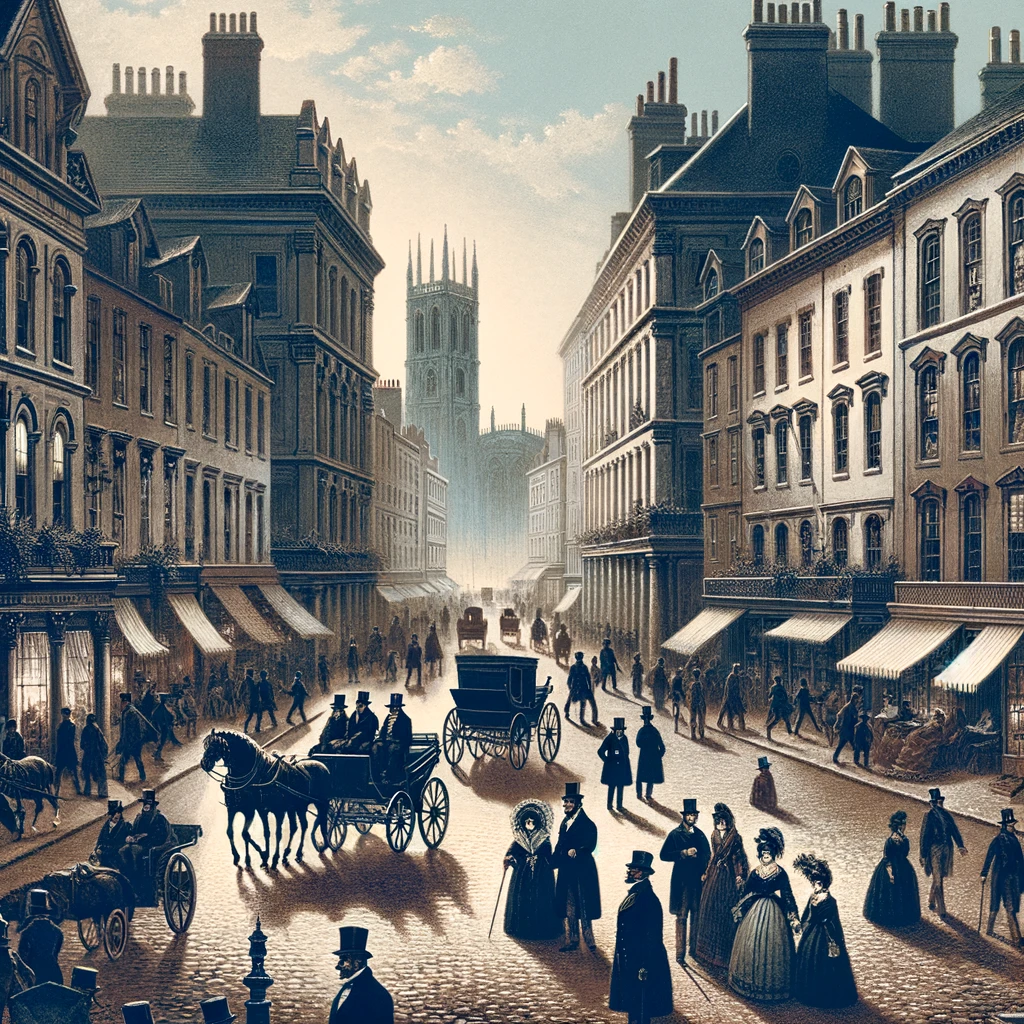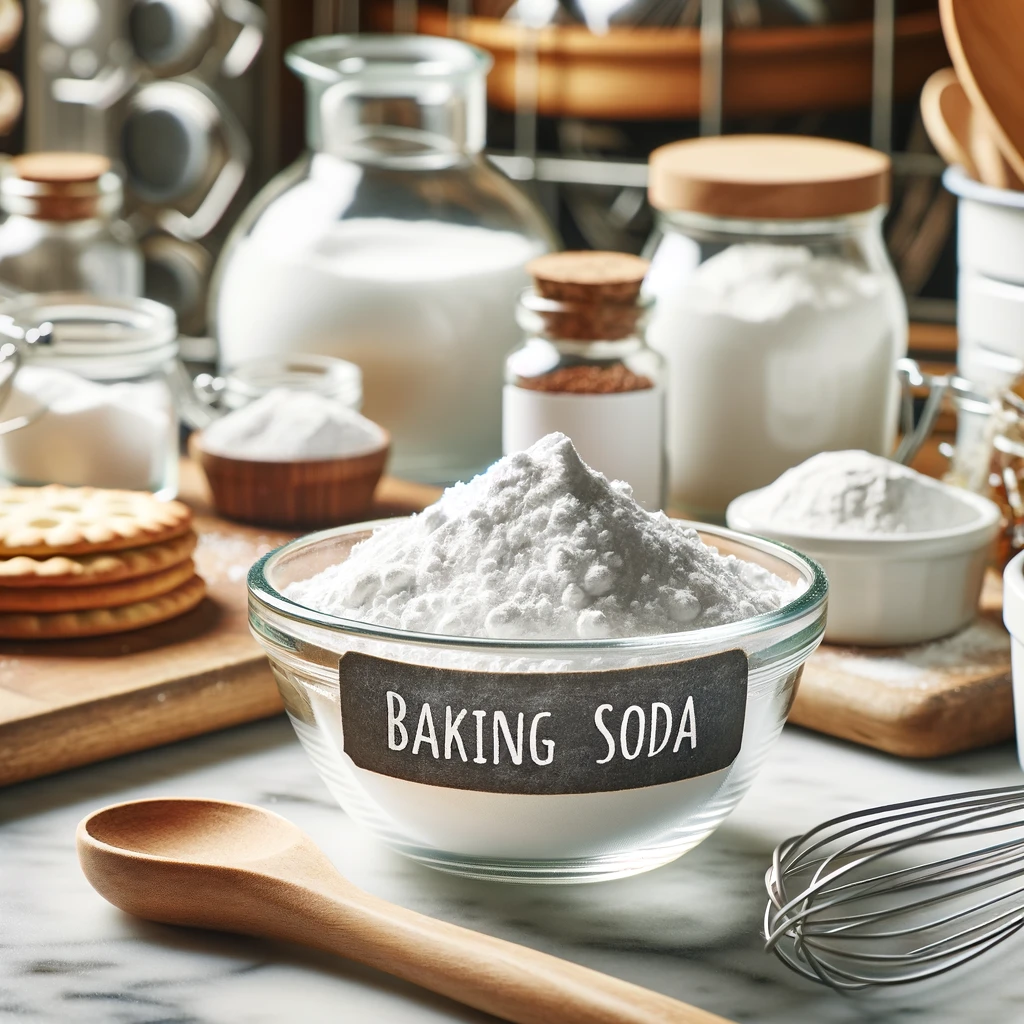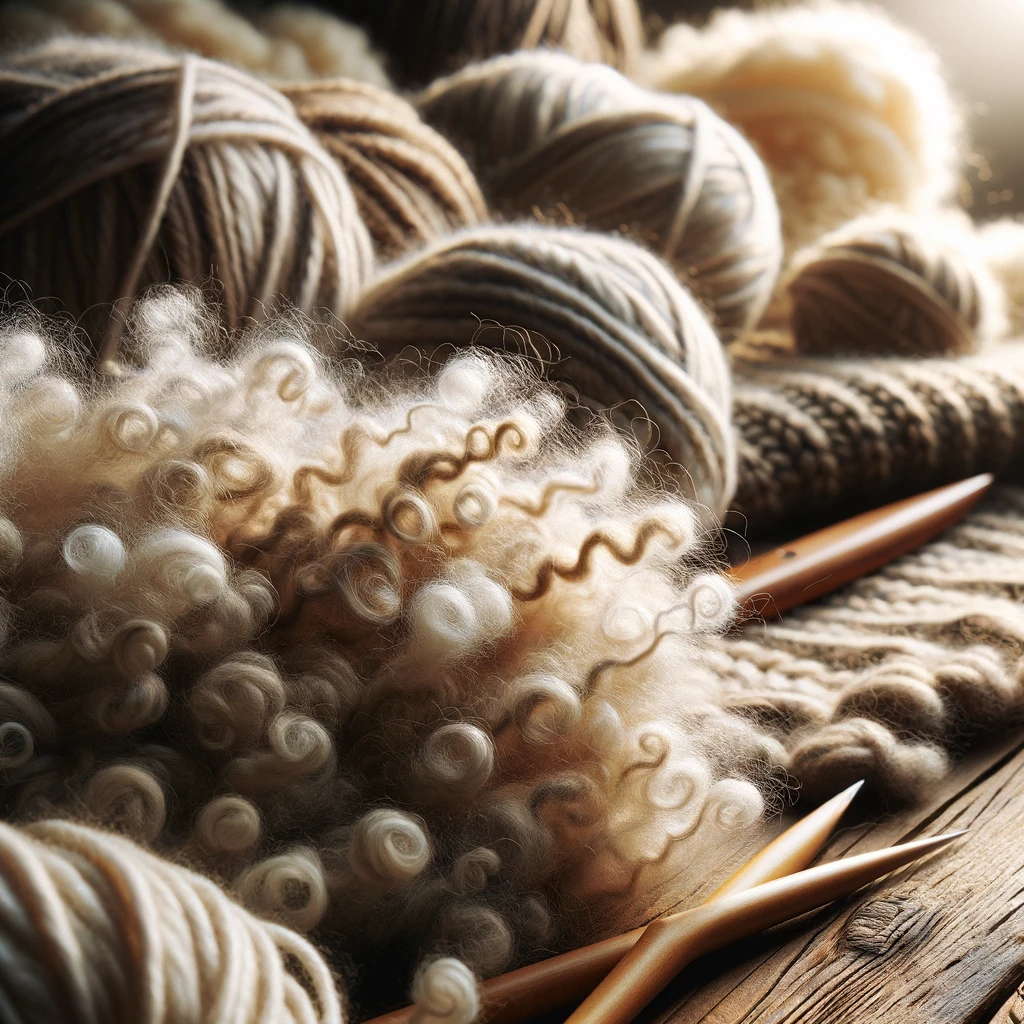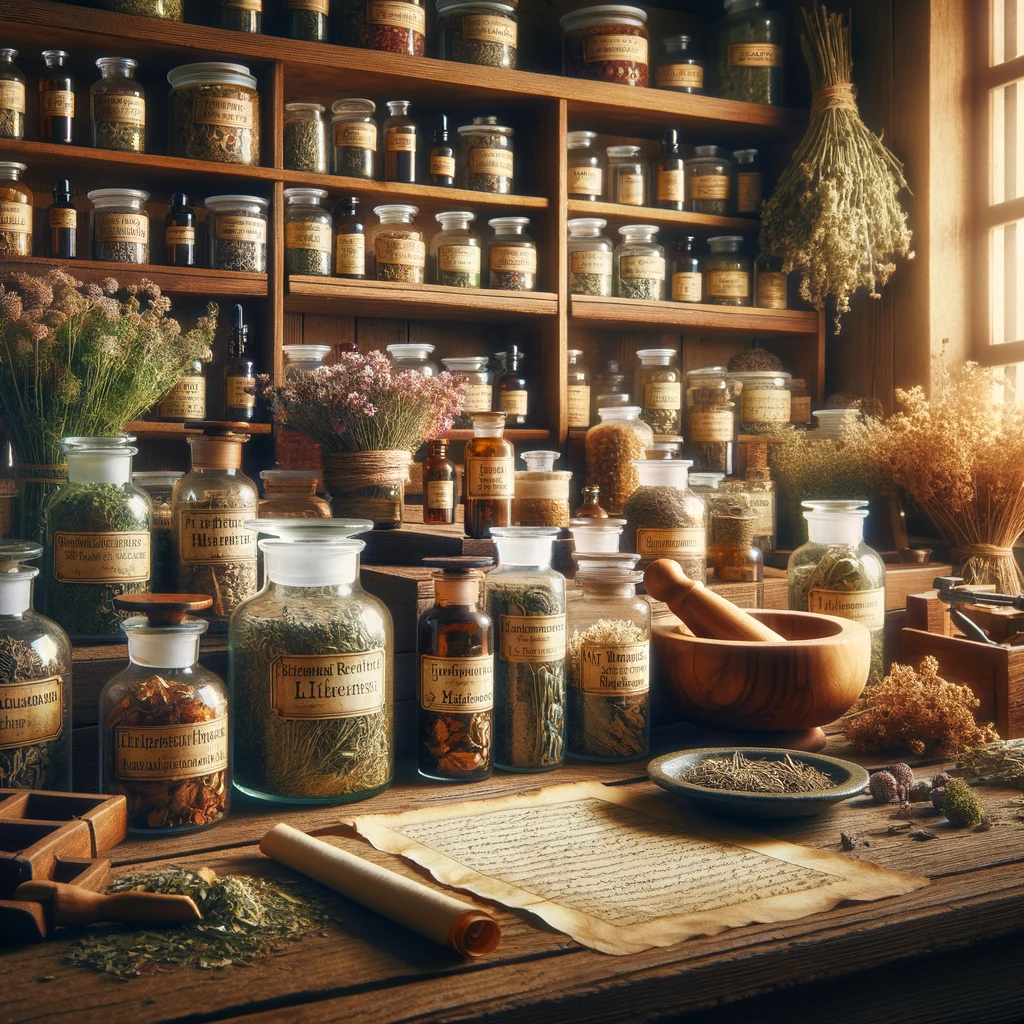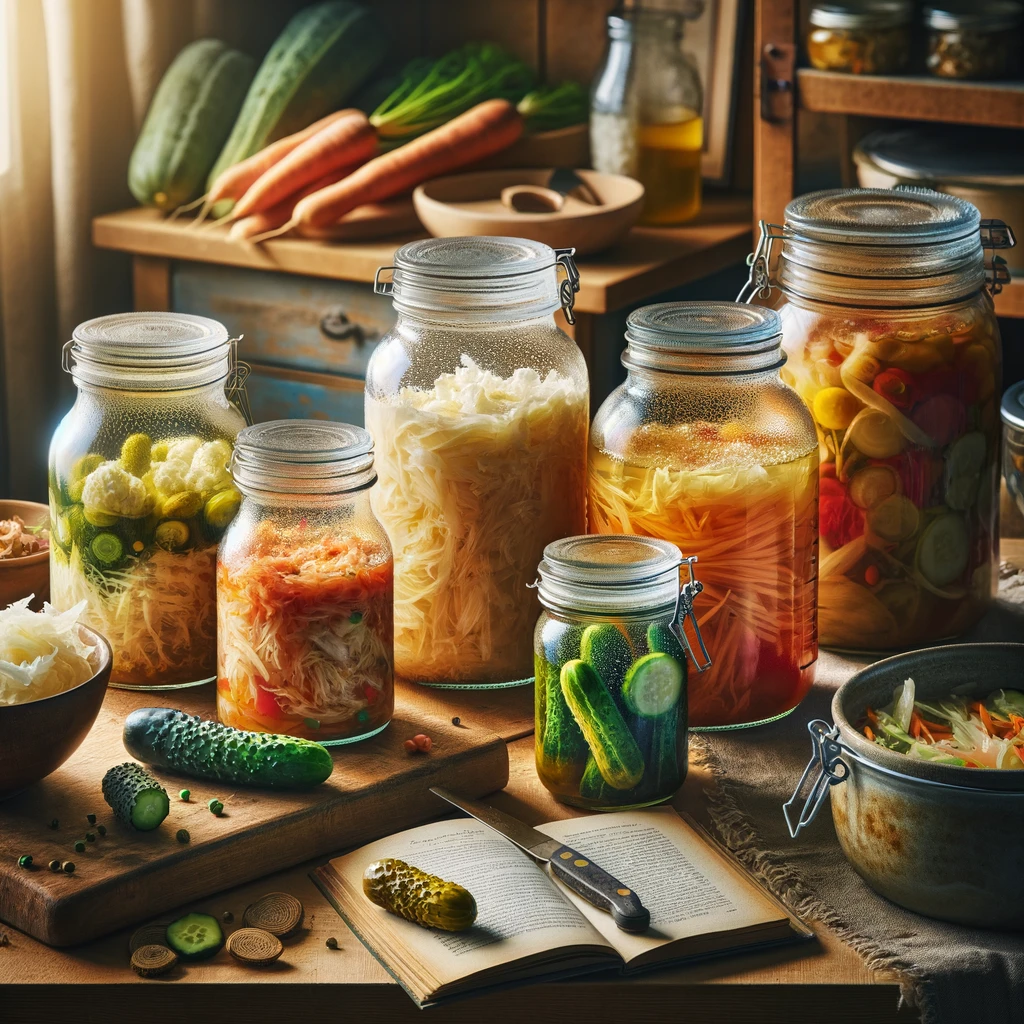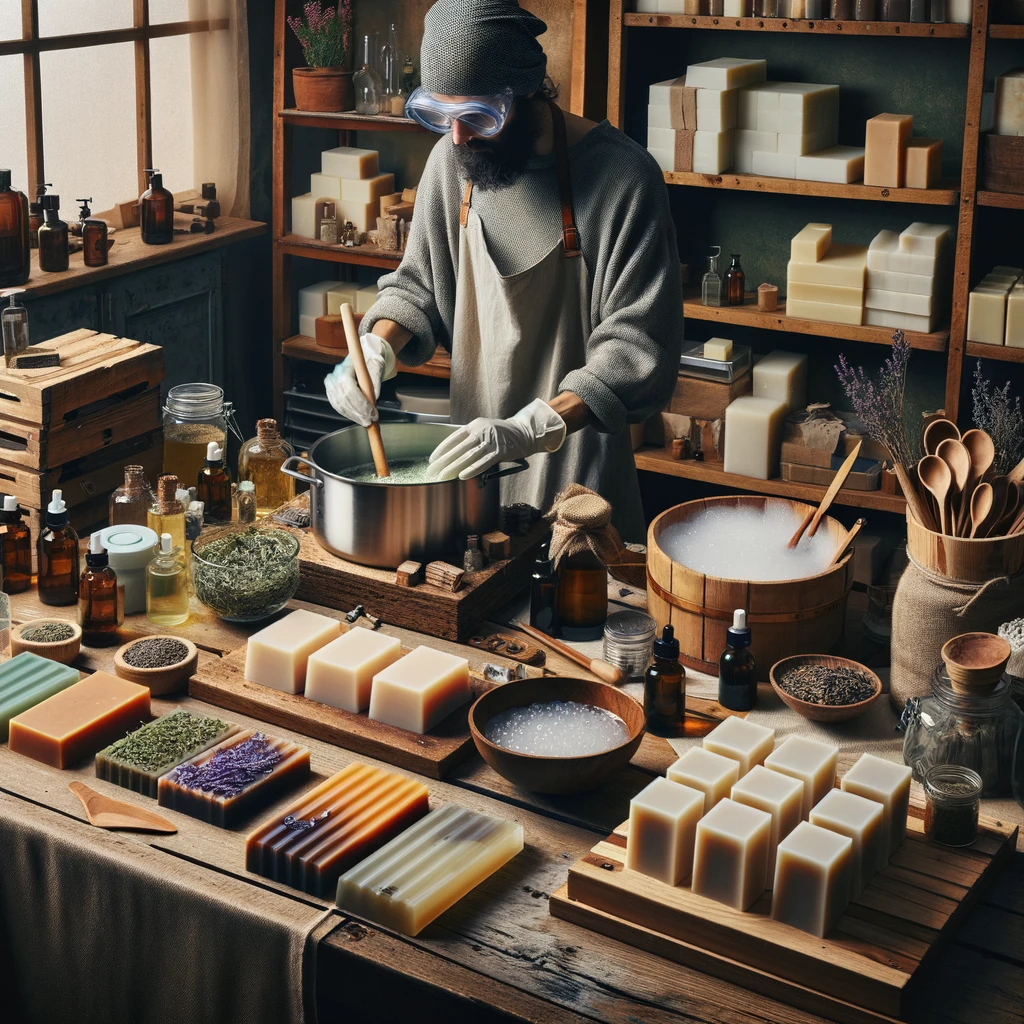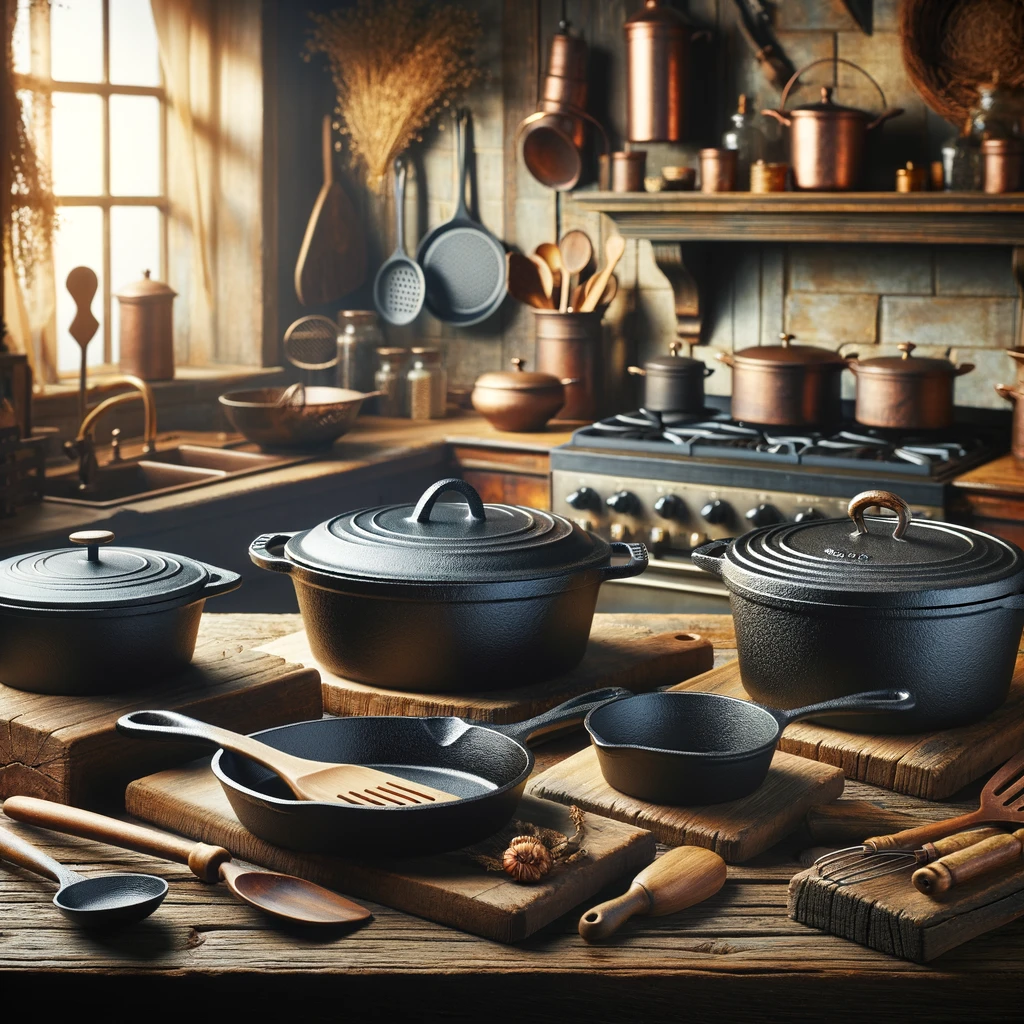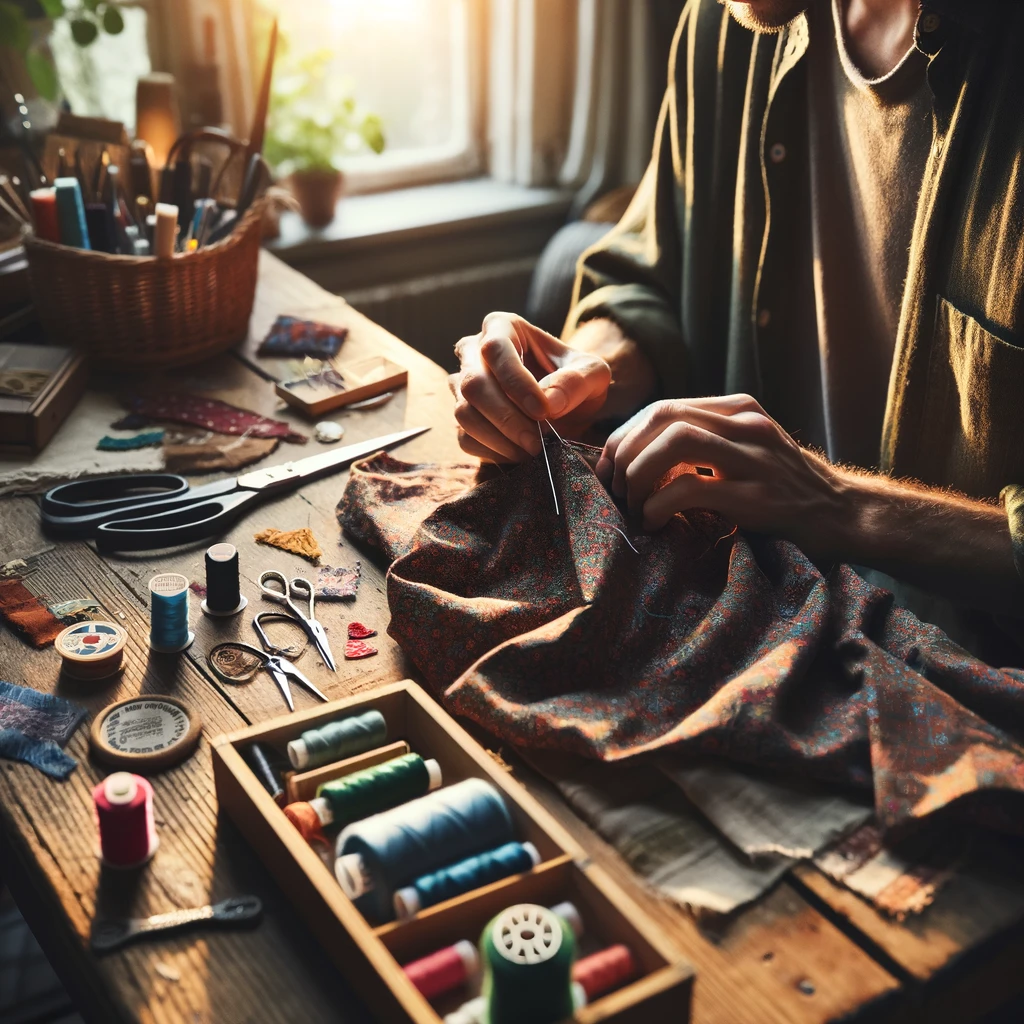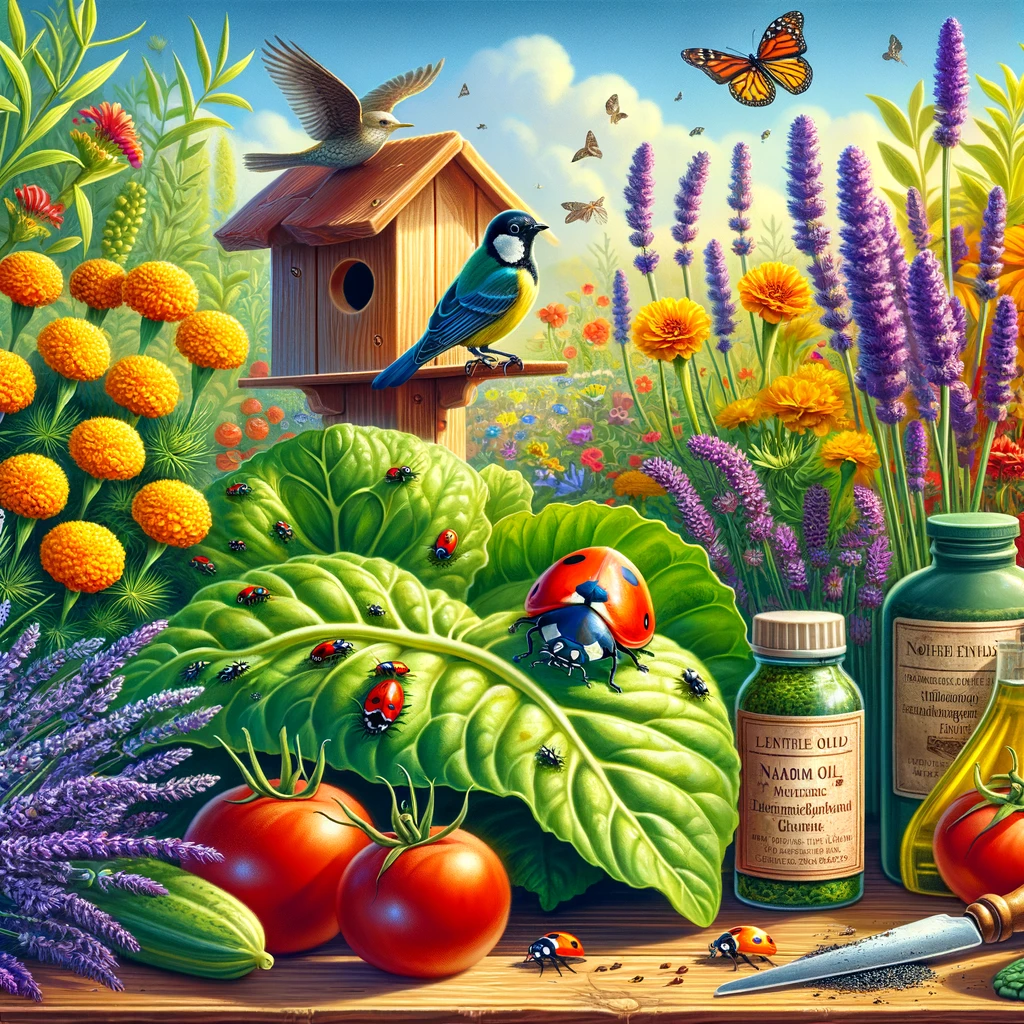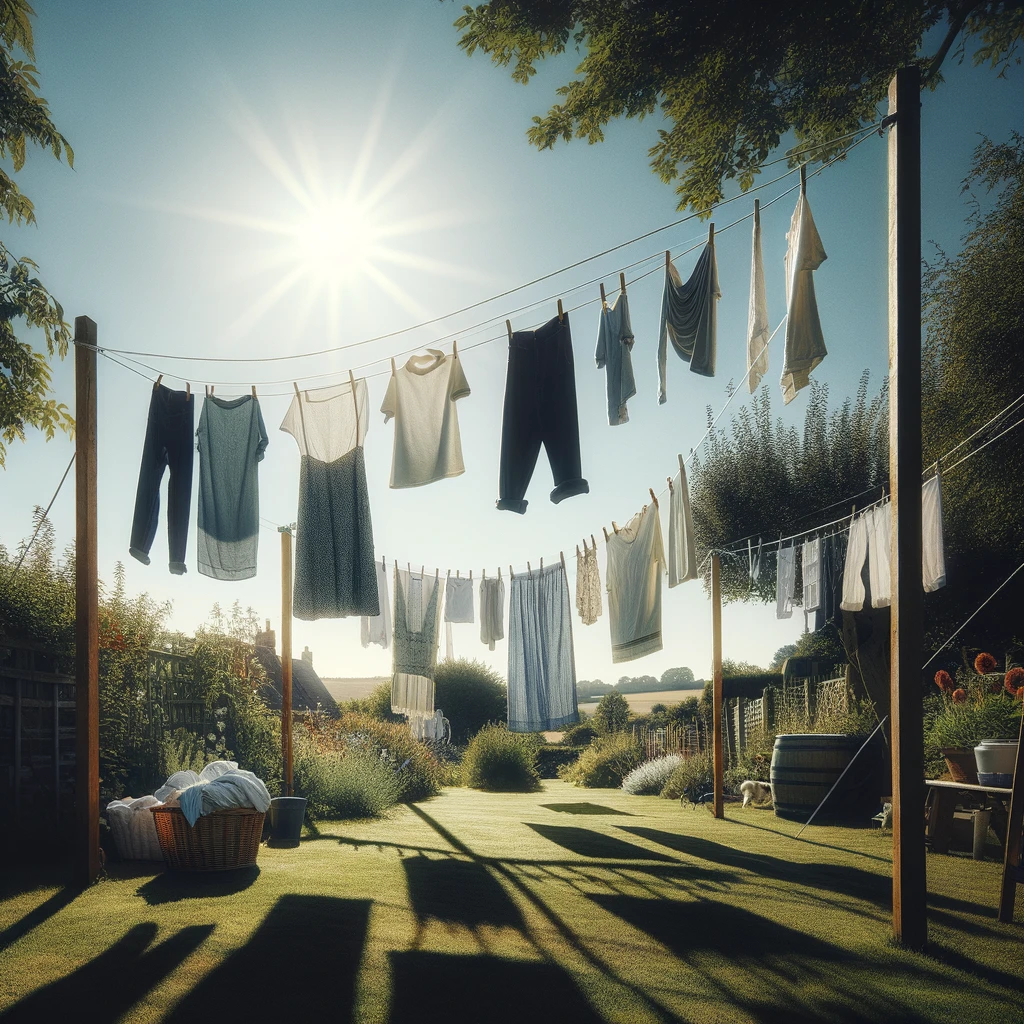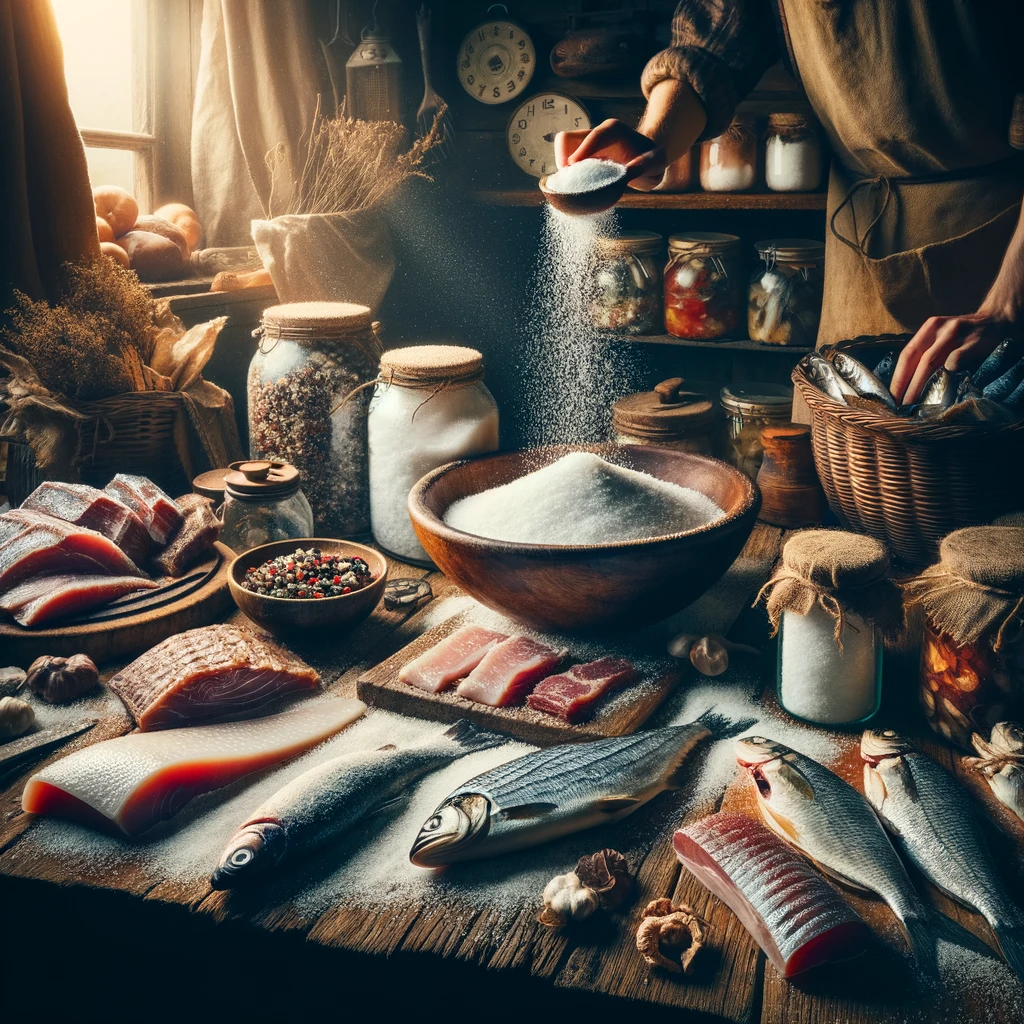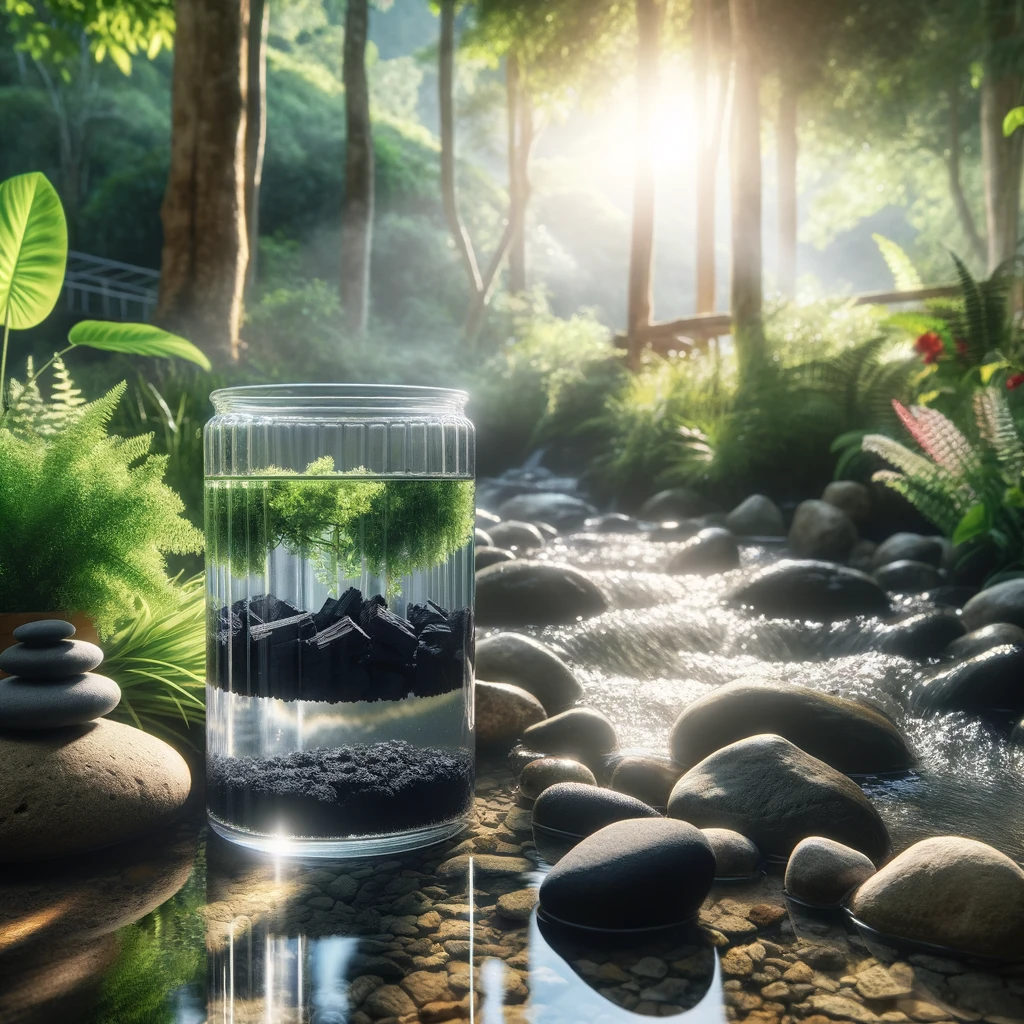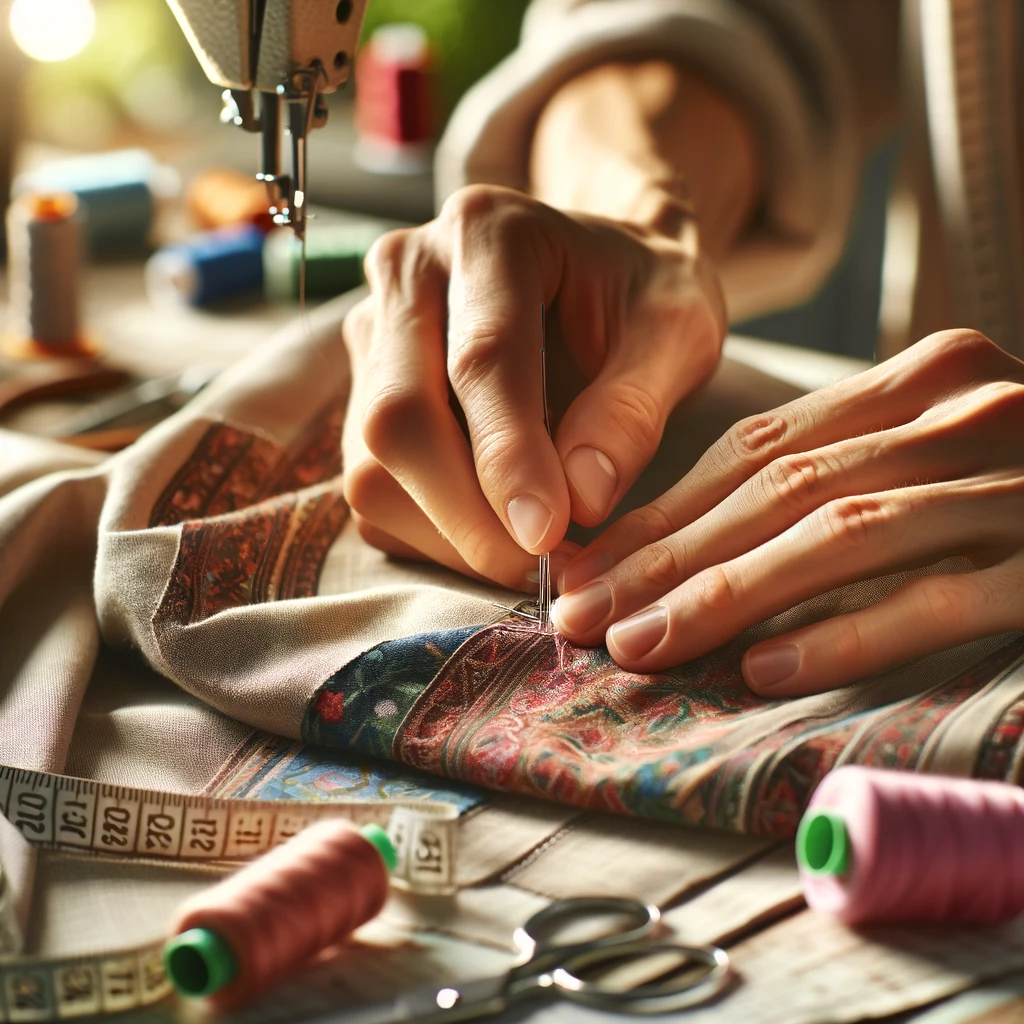In an era where technology and innovation lead the charge, it’s fascinating to discover that some of the most effective solutions to everyday problems were invented over a century ago. The 1800s, a time of rapid industrialization and invention, gave birth to numerous ideas and “life hacks” that remain surprisingly relevant and useful in our modern world. Here are fifteen genius life hacks from the 1800s that you can still apply today to make life easier, proving that sometimes, the old ways can be the best ways.
1. Using Newspapers for Insulation
Long before the advent of fiberglass or foam insulation, people in the 1800s used newspapers as a cheap and effective way to insulate their homes. Layering newspapers within walls, attics, and even beneath floorboards provided a barrier against the cold. This practice highlights the importance of recycling and repurposing materials, a concept that is highly relevant in today’s eco-conscious world.
2. The Benefits of Baking Soda Beyond Baking
Discovered in the 1800s, baking soda was quickly recognized for its versatility. Aside from its well-known use in baking, it was used for cleaning, deodorizing, and even toothpaste. Today, baking soda remains a household staple, proving that this simple compound is one of the most versatile and eco-friendly products in our homes.
3. Rainwater Harvesting Techniques
In the 1800s, collecting rainwater was a common practice, especially in rural areas without access to municipal water supplies. People used barrels and cisterns to collect rain for watering gardens, washing, and even drinking after proper filtration. With today’s increasing emphasis on sustainable living, rainwater harvesting is experiencing a resurgence, showcasing its timeless utility.
4. The Magic of Vinegar
Vinegar, particularly apple cider vinegar, was a multi-purpose solution in the 1800s used for cleaning, preserving food, and as a health tonic. Its natural acidity makes it a potent cleaner and disinfectant. Today, the use of vinegar as a non-toxic cleaning agent and dietary supplement continues to gain popularity, underscoring its enduring relevance.
5. Using Wool for Natural Temperature Regulation
In the 19th century, wool was prized for its ability to keep people warm in winter and cool in summer, thanks to its natural insulating properties. Modern science has validated this, leading to a resurgence in the use of wool in clothing, bedding, and even insulation. This 1800s hack reminds us of the benefits of natural materials over synthetic alternatives.
6. Herbal Remedies
Long before the pharmaceutical industry developed modern medicines, people relied on herbal remedies for healthcare. Many of these herbs, such as lavender for relaxation and peppermint for digestion, are still used today. The interest in natural and holistic medicine highlights the lasting wisdom of 1800s health practices.
7. The Practice of Fermentation
Fermentation was a common method in the 1800s for preserving food and enhancing its nutritional value. Foods like sauerkraut, kimchi, and kefir not only provided essential nutrients during the winter months but also promoted gut health. The current trend towards probiotic foods and gut health underscores the value of this age-old practice.
8. Soap Making at Home
In the 1800s, making soap from lye and animal fats was a common household task. Today, the art of homemade soap making has returned as a popular hobby and a way to avoid the chemicals found in many commercial soaps. This resurgence highlights a desire for simplicity and control over the ingredients in our products.
9. The Versatility of Cast Iron Cookware
Cast iron cookware was a staple in 1800s kitchens, known for its durability and heat distribution properties. Modern cooks still cherish cast iron for these same reasons, along with its ability to go from stovetop to oven. The continued popularity of cast iron cookware attests to its enduring utility and simplicity.
10. The Art of Mending
The practice of mending clothes rather than discarding them was a necessity in the 1800s. Today, with a growing awareness of fast fashion’s environmental impact, there’s a renewed interest in repairing and upcycling clothing. This shift towards sustainability echoes the resourcefulness of the past.
11. Natural Pest Control
Before the invention of synthetic pesticides, people used natural methods to repel pests, such as planting marigolds to deter garden pests or using essential oils to ward off insects. As we become more aware of the environmental and health impacts of chemicals, these natural pest control methods are gaining favor once again.
12. The Efficiency of the Clothesline
The electric dryer was non-existent in the 1800s, so people air-dried their laundry on clotheslines. This method is not only energy-efficient but also extends the life of clothing by reducing wear from the dryer. In an age of environmental consciousness, the humble clothesline is making a comeback.
13. Preserving with Salt
Salt was used extensively in the 1800s for preserving meat and fish. This method, which inhibits the growth of bacteria, remains a valuable technique for food preservation today, especially in the context of sustainable living and reducing food waste.
14. The Use of Charcoal for Water Purification
In the 1800s, charcoal was commonly used to filter and purify drinking water. This practice is still effective today, with activated charcoal filters being used in water purification systems for their ability to remove toxins and improve taste.
15. Handwritten Letters for Thoughtful Communication
In an age before digital communication, handwritten letters were a primary means of staying connected. Today, amidst the influx of emails and instant messages, receiving a handwritten letter can feel particularly special and personal, reminding us of the value of thoughtful, deliberate communication.
Life Hacks From the 1800s Are Timeless
These life hacks from the 1800s not only demonstrate the ingenuity of past generations but also offer timeless solutions that align with today’s trends toward sustainability, natural living, and mindfulness. In many ways, these old-fashioned tips and tricks can teach us valuable lessons about living more simply and sustainably in our modern world.


